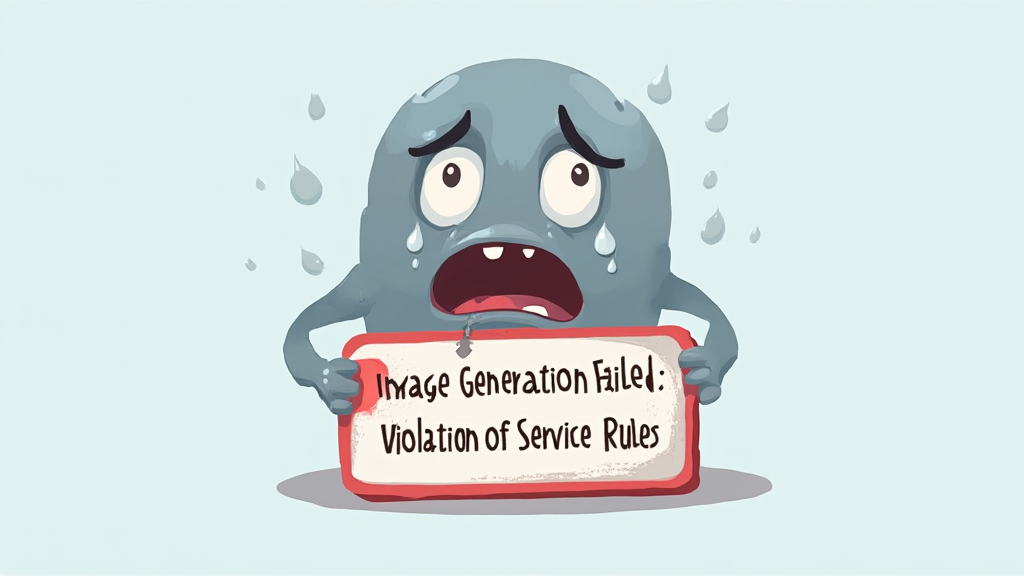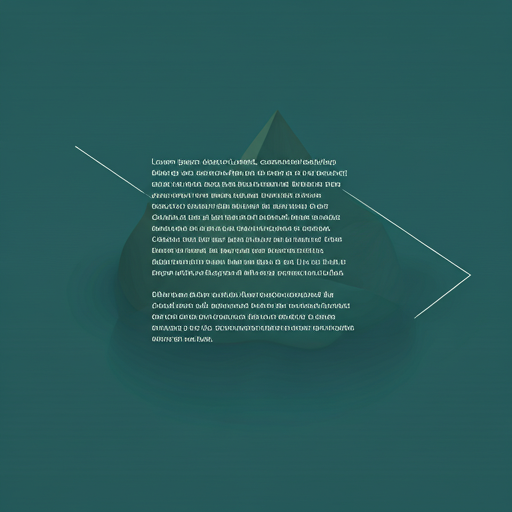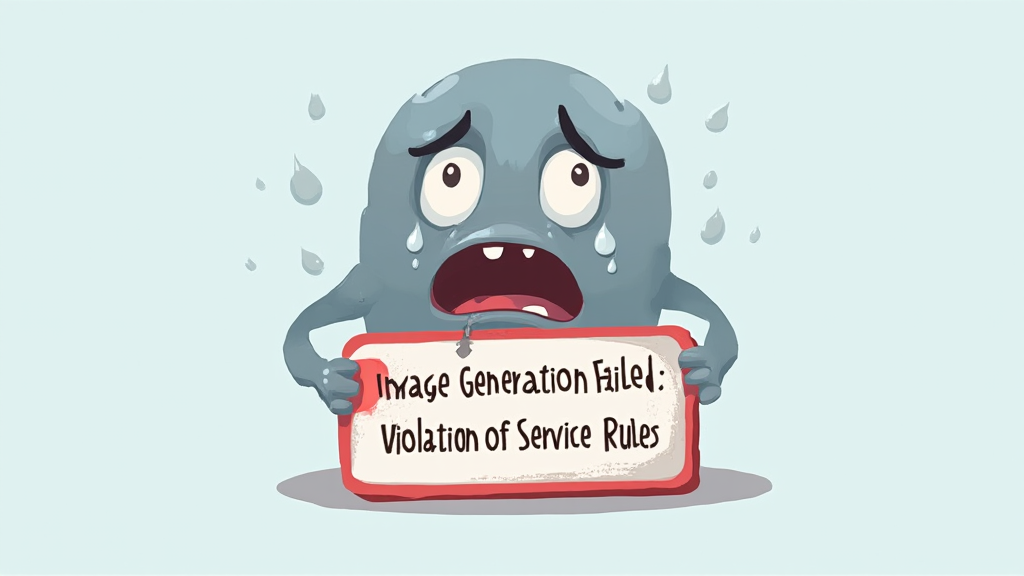Introduction to Inflation and Its Impact on Savings
Understanding Inflation: Definition and Causes
Inflation is the rate at which the general level of prices for goods and services rises. This decrease in purchasing power can significantly impact savings. When inflation rises, the value of money decreases. Your savings may not stretch as far as they used to.
Consider the following causes of inflation:
These factors can lead to higher prices. It’s essential to understand how inflation affects your financial health. Protect your savings wisely. Inflation can erode your hard-earned money. Stay informed about economic changes.
The Historical Context of Inflation
Here are 10 trending article titles for a financial website based on the latest news and analysis of financial trends: No input data
Current Inflation Trends and Statistics
Current inflation rates have reached levels not seen in decades. This situation affects individuals’ purchasing power significantly. For instance, he may notice that everyday expenses have increased. Recent statistics indicate a rise of approximately 7% in consumer prices. Such increases can strain budgets and savings.
Moreover, essential goods like food and fuel have seen even higher spikes. He might find that his savings are losing value over time. Understanding these trends is crucial for financial planning. Awareness can lead to better decision-making. Staying informed is vital for financial health.
Why Traditional Savings Methods May Fail
Traditional nest egg methods often fail to keep pace with inflation. This discrepancy can erode the value of saved funds over time. For example, a standard savings account typically offers low interest rates. He may find that these rates do not match rising prices.
Additionally, inflation can outstrip the growth of savings. This
The Role of Cryptocurrency in Inflation Hedge
What is Cryptocurrency?
Cryptocurrency is a digital or virtual form of currency. It uses cryptography for security, making it difficult to counterfeit. Many people view it as a hedge against inflation. This is because cryptocurrencies can maintain value when traditional currencies decline.
For instance, Bitcoin has gained popularity during economic uncertainty. He may consider it a viable alternative to fiat money. The decentralized nature of cryptocurrencies offers protection from government policies. This aspect can appeal to those seeking financial stability.
How Cryptocurrencies Can Combat Inflation
Cryptocurrencies can serve as a hedge against inflation. Their limited supply contrasts with fiat currencies, which can be printed in excess. This scarcity can help maintain value over time. He may find that Bitcoin and similar assets appreciate during inflationary periods.
Moreover, cryptocurrencies operate independently of central banks. This independence can protect against monetary policy failures. Investors often view them as a store of value. Understanding this dynamic is crucial for financial planning.
Case Studies: Successful Use of Crypto During Inflation
Risks and Volatility in Cryptocurrency Investments
Investing in cryptocurrencies carries significant risks and volatility. Price fluctuations can be extreme, often exceeding traditional asset classes. He may experience rapid gains or losses within short periods. This unpredictability can complicate financial planning and risk management.
Moreover, regulatory changes can impact market stability. He should remain aware of potential legal implications. Security concerns, such as hacking, also pose threats to investments. Understanding these risks is essential for informed decision-making.
Diversifying Your Investment Portfolio
The Importance of Diversification
Diversification is a critical strategy in investment management. By spreading investments across various asset classes, he can reduce risk exposure. Consider the following asset categories for diversification:
Each category behaves differwntly under market conditions . This variation can help stabilize overall portfolio performance. Additionally, diversification can enhance potential returns. He should regularly review and adjust his portfolio. Staying informed is key to effective diversification.
Asset Classes to Consider Alongside Crypto
When diversifying an investment portfolio, several asset classes can complement cryptocurrencies. Equities, or stocks, provide growth potential through capital appreciation. He may consider investing in both domestic and international markets. Bonds offer stability and income through interest payments. They can balance the volatility of cryptocurrencies.
Real estate is another viable option, providing tangible assets and rental income. Commodities, such as gold and oil, can serve as inflation hedges. Each asset class has unique risk and return profiles. Understanding these differences is essential for effective diversification.
Strategies for Effective Portfolio Diversification
Effective portfolio diversification requires a strategical approach. First, he should assess his risk tolerance and investment goals. This assessment helps determine the appropriate asset allocation. Next, incorporating a mix of asset classes is essential.
For example, combining equities, bonds, and real estate can reduce overall risk. Regularly rebalancing the portfolio ensures alignment with market conditions. He must stay informed about economic trends. This knowledge aids in making timely adjustments. Diversification is a proactive strategy for financial stability.
Monitoring and Adjusting Your Portfolio
Monitoring and adjusting a portfolio is crucial for optimal performance. He should regularly review asset allocations to ensure they align with his investment strategy. Market conditions can change rapidly, impacting asset values. This requires timely adjustments to maintain desired risk levels.
Additionally, he must evaluate the performance of individual investments. Identifying underperforming assets allows for informed decision-making. Rebalancing the portfolio periodically can help mitugate risk. Staying proactive is essential for long-term financial success .
Stablecoins: A Safer Crypto Option
What Are Stablecoins?
Stablecoins are a type of cryptocurrency designed to maintain a stable value. They are typically pegged to traditional assets, such as fiat currencies or commodities. This pegging helps mitigate the volatility commonly associated with cryptocurrencies. He may find that stablecoins provide a safer option for transactions and savings.
For instance, Tether (USDT) and USD Coin (USDC) are popular stablecoins. They bid the benefits of digital currencies while minimizing price fluctuations. Additionally, stablecoins can facilitate easier trading and liquidity in the crypto market. Understanding their mechanics is essential for informed investment decisions.
How Stablecoins Work as a Hedge Against Inflation
Stablecoins can act as a hedge against inflation by maintaining a consistent value. They are typically pegged to stable assets, such as the US dollar. This pegging helps protect purchasing power during inflationary periods. He may find that using stablecoins allows for easier transactions without significant value loss.
Additionally, stablecoins provide liquidity in volatile markets. They can be quickly converted to other cryptocurrencies or fiat currencies. This flexibility is crucial for managing investment strategies. Understanding how stablecoins function can enhance financial decision-making.
Popular Stablecoins in the Market
Several stablecoins dominate the market, each with unique features. Tether (USDT) is one of the most widely used, pegged to the US dollar. It offers high liquidity and is accepted on many exchanges. Another popular option is USD Coin (USDC), known for its transparency and regular audits.
Dai is a decentralized stablecoin that maintains its value through smart contracts. He may find that these stablecoins provide different advantages. Understanding their characteristics can aid in making informed investment choices. Each stablecoin serves specific needs in the crypto ecosystem.
Risks Associated with Stablecoins
While stablecoins offer advantages, they also carry specific risks. One significant risk is the reliance on reserves to maintain their peg. If the reserves are insufficient or mismanaged, the stablecoin’s value may fluctuate. He should also consider regulatory risks, as governments may impose restrictions on their use.
Additionally, counterparty risk exists if the issuer fails to uphold its obligations. Security vulnerabilities can also expose users to hacking incidents. He must weigh the benefits against potential downsides carefully.
Utilizing DeFi for Inflation Protection
Understanding Decentralized Finance (DeFi)
Decentralized Finance (DeFi) refers to financial services built on blockchain technology. These services operate without traditional intermediaries, such as banks. He may find that DeFi platforms offer innovative solutions for inflation protection. By utilizing smart contracts, users can access lending, borrowing, and yield farming opportunities.
These mechanisms allow for earning interest on crypto holdings. Additionally, DeFi can provide liquidity through decentralized exchanges. This flexibility can help mitigate the effects of inflation on savings. Understanding DeFi’s structure is crucial for effective utilization.
DeFi Strategies to Protect Your Savings
DeFi strategies can effectively protect savings from inflation. One approach is yield farming, where users provide liquidity to earn interest. This method can generate higher returns than traditional savings accounts. He may also consider lending platforms that offer competitive interest rates.
By depositing assets, he can earn passive income. Additionally, using stablecoins in DeFi can help maintain value. This strategy mitigates the risks associated with volatile cryptocurrencies. Understanding these options is essential for maximizing savings potential.
Yield Farming and Staking Explained
Yield farming and staking are popular DeFi strategies for generating returns. Yield farming involves providing liquidity to decentralized exchanges in exchange for rewards. This process can yield high returns, but it also carries risks. He should be aware of potential impermanent loss.
Staking, on the other hand, requires locking up assets to support network operations. In return, he earns rewards in the form of additional tokens. Both methods can help combat inflation by increasing asset value over time. Understanding these strategies is crucial for effective investment management.
Risks and Considerations in DeFi Investments
Investing in DeFi carries several risks that he should consider. First, smart contract vulnerabilities can lead to significant losses. If a contract is exploited, funds may be irretrievable. Additionally, market volatility can affect asset values dramatically. He must be prepared for sudden price fluctuations.
Liquidity risks also exist, particularly in less popular protocols. If he cannot sell assets quickly, he may face losses. Regulatory uncertainty is another concern, as governments may impose restrictions. He should conduct thorough research before investing.
Conclusion: Building a Resilient Financial Future
Summarizing Key Strategies
To build a resilient financial future, he should implement key strategies. Diversification across asset classes can mitigate risks effectively. This approach helps protect against market volatility. Additionally, utilizing stablecoins can provide stability during inflationary periods. They maintain value and offer liquidity.
Engaging in DeFi activities, such as yield farming, can enhance returns. However, he must remain aware of associated risks. Regularly monitoring and adjusting his portfolio is essential. Staying informed about market trends will aid in making sound decisions. Knowledge is power in financial management.
The Importance of Continuous Learning
Continuous learning is essential for financial success. He must stay updated on market trends and investment strategies. This knowledge helps him make informed decisions. Engaging with financial literature and online courses can enhance his understanding.
Additionally, networking with industry professionals provides valuable insights. He should attend seminars and webinars regularly. Adapting to changes in the financial landscape is crucial. Knowledge empowers him to navigate uncertainties effectively. Staying curious fosters growth and resilience.
Staying Informed on Economic Trends
Staying informed on economic trends is vital for financial planning. He should regularly review economic indicators, such as inflation rates and employment figures. These metrics provide insights into market conditions. Understanding fiscal and monetary policies can also influence investment decisions.
He may consider subscribing to financial news outlets and reports. Engaging with economic analyses helps him anticipate market shifts. Additionally, following expert opinions can enhance his perspective. Knowledge of global events is crucial for informed decision-making. Awareness fosters adaptability in a changing financial landscape.
Final Thoughts on Inflation and Savings
Inflation significantly impacts savings and purchasing power. He must consider strategies to protect his assets. Utilizing diversified investments can mitigate risks effectively. Stablecoins and DeFi options offer potential solutions.
Staying informed about economic trends is essential. This knowledge aids in making sound financial decisions. Regularly reviewing his portfolio ensures alignment with goals. Awareness fosters resilience in uncertain times.









